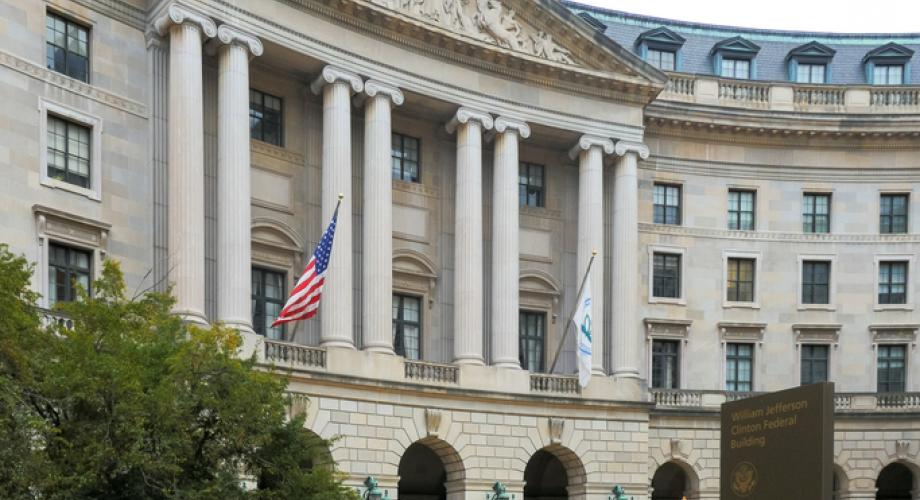On October 8, 2024, the Biden Administration released an update on its Lead Pipe and Paint Action Plan to replace every lead pipe in the U.S. within 10 years. A prominent feature of this announcement is the Environmental Protection Agency’s (EPA) Lead and Copper Rule Improvements (LCRI) final rule issued the same day. While the rule focuses on public water systems, there may be downstream impacts on rental housing providers.
This rule requires covered water systems and governmental entities to update their inventories of lead service lines, identify all unknown service lines, and replace lead service lines or certain galvanized service lines within 10 years. As part of the final LCRI service line replacement plan requirement, water systems must include a strategy to achieve full replacement of lead and galvanized service lines, including at rental properties and with limited exceptions.
The rule also strengthens drinking water sampling requirements and procedures, notably lowering the lead action threshold from 15 μg/L to 10 μg/L to require more water systems to take action sooner to control corrosion. In the rule, the EPA urges the importance of public education to keep both renters and housing providers informed of water systems’ plans and encourage granting access for replacements. While the federal government banned the installation of lead service lines in 1986, the EPA estimates that nine million homes are still connected to water mains through lead service lines.
As part of the October 8 White House announcement, the U.S. Department of Housing and Urban Development (HUD) also committed to invest over $420 million in new grants to remove lead hazards from homes and HUD-assisted properties which could help governmental entities defray housing providers’ costs. Additional federal funding is available to support lead pipe replacement projects and EPA has developed a website identifying available funding sources.
The National Apartment Association (NAA) continues its advocacy to urge federal regulators to balance their housing priorities with the resulting financial and administrative costs of overregulation. 93 cents of every rent dollar covers necessary operational expenses—including maintenance, insurance and staffing—and goes back to local communities through property taxes. Even seemingly minor changes to housing providers’ federal compliance responsibilities could have major impacts on their ability to effectively operate their rental communities for their residents.
To learn more about NAA’s positions on federal environmental policy, contact Emma Craig, NAA’s Manager of Public Policy.
